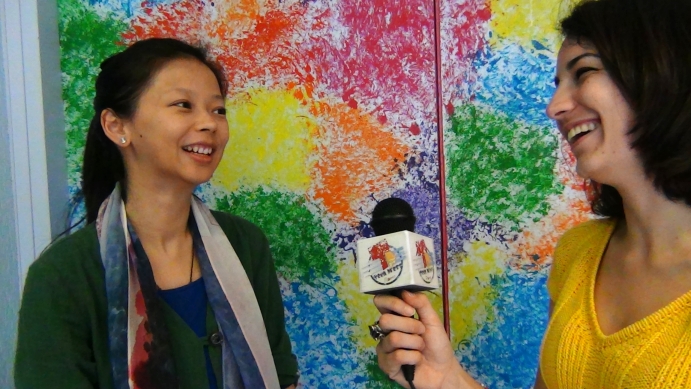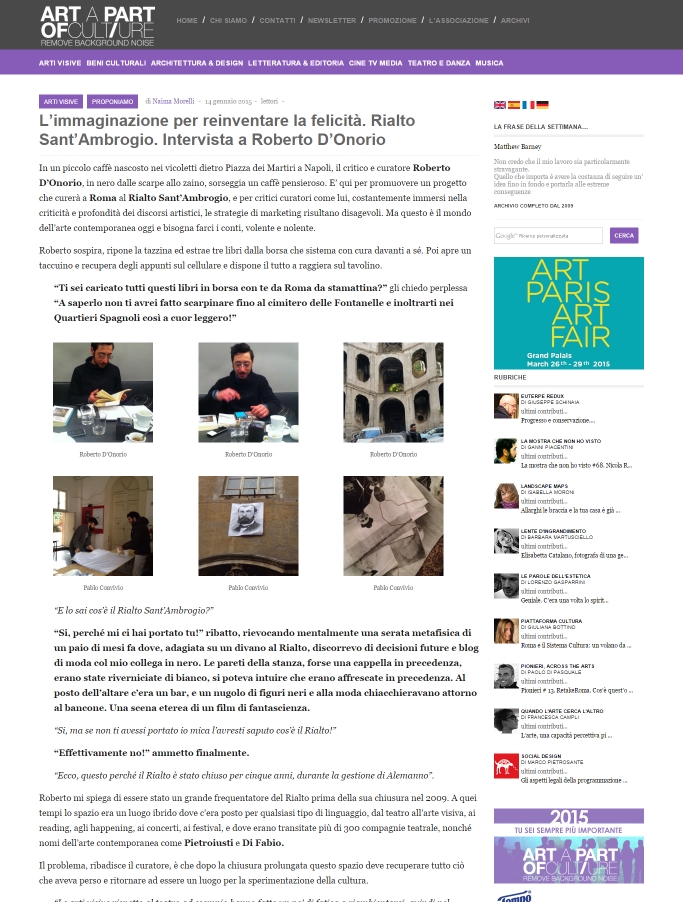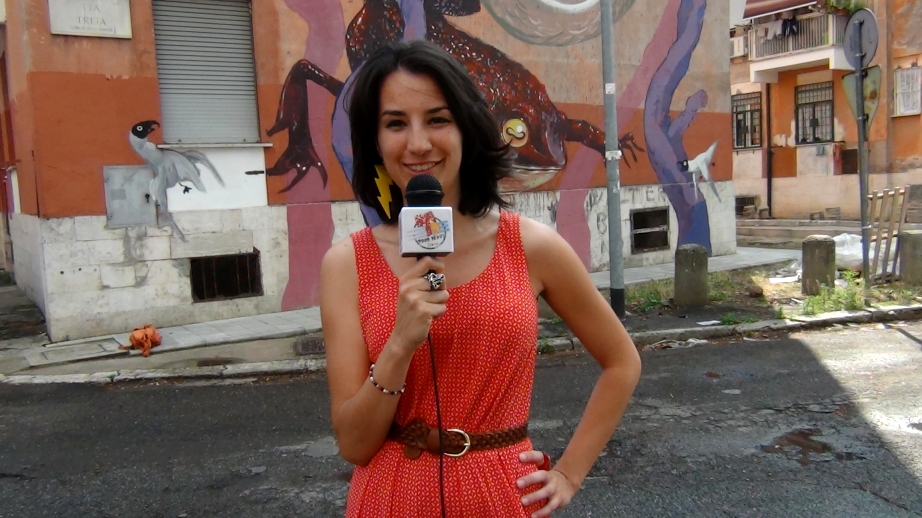
While with our fluttering dresses and carefree attitude we might not look like the toughest girls on the block, we gals of TeenPress love the borgata. So this time around we ventured to San Basilio, one of the most difficult neighborhoods of Rome. While San Basilio has a cozy architecture and great graffiti pieces, it is mostly talked about for its crime, killings and drug trade. In making this report my colleague Ornella and I had a couple of weird experiences ourselves. From a group of shirtless guys throwing clothespins at us from a window, to kids on scooters intimating us to put away our camera, not everybody was so friendly. At the same time, in the Centro Aldo Fabrizi we found an oasis of peace and protection. We documented the activities of the center in this video, hoping that it will be able to keep on growing a new generation of responsible and caring adults.
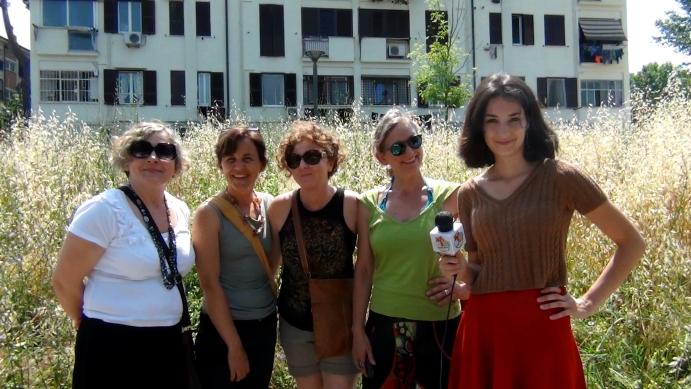
When I first came to Rome, I had my head full of Pasolini. I was in love with the idea of the borgata, but I ended up living in the more central Piazza Vittorio – which was pretty cool as well, but for other reasons – Chinese mafia anyone? Back then I was continuously thinking about the borgata with this sort of detached romanticism, but never dared to go there to explore it that much. Six years later – six months ago as I’m writing this – I went for a job interview with the news agency TeenPress. I was thrilled to know they were located in Pietralata, one of the historic borgate of Rome. But even then, for a long time I didn’t went beyond the short walk from the bus station to the door of the TeenPress office.
This report, dubbed “Pietralata Mon Amour”, gave us the chance to go deeper into the history of the neighborhood. The students of the local high school, together with the project Area Agio and the association GoTellGo, developed an app (called APPietralata) to explore Pietralata. It is a sort of audio guide which activates by walking around the neighborhood. I find this kind of projects just awesome on so many levels, and in the video below we explain why…
Read More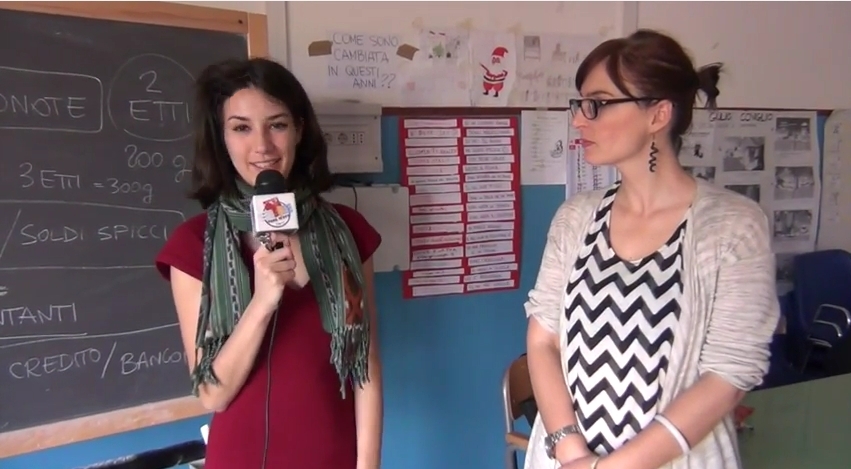
It’s an endlessly fascinating world for a restless gal. So here’s a new video for TeenPress, the news agency based in Pietralata I’m collaborating with as interviewer. I have to admit I’m enjoying this job more and more, as I get to discover new realities I wouldn’t have otherwise encountered – let alone interact with. For example, I have been living in Rome since 2009, but I have to admit have never been to Rebibbia. I mean, why would I? This periphery of Rome is known just for its prison, and nothing more – at least that’s what I thought.
What we find out is that Rebibbia is an extremely multicultural area. No doubt multiculturalism is awesome, but clearly there are many problematics attached to it. Especially when it comes to education. In this report we explore the great job of integration the association Apriti Sesamo is doing at the local school Palombini. We hear from teachers, educators and children.
Read More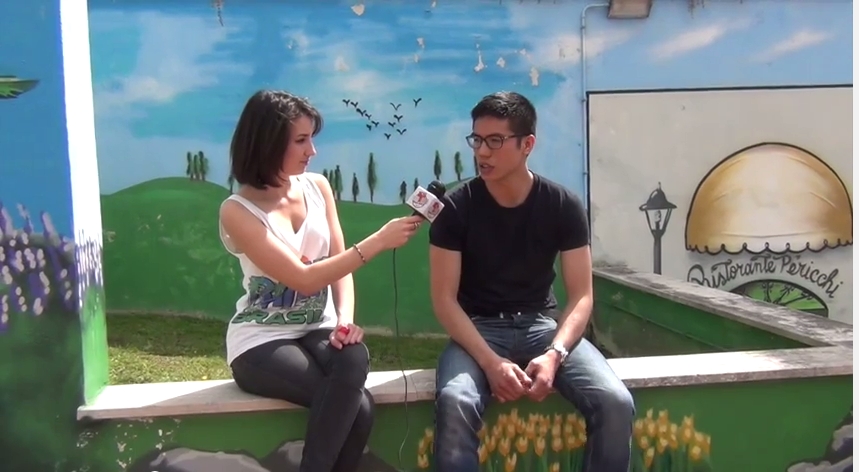
A waterfall, tropical plants and artisan workshops. Who would ever guess to find all that straight out of the Laurentina metro station – the infamous Rome metro B terminal? Thanks to the art of young artist Alessandro Sabong – who painted Laurentina’s stairway – that is precisely what you will see. From his beginnings as a street artist, Alessandro attended two different painting courses before entering the prestigious Scuola d’Arte della Medaglia della Zecca dello Stato. In this third video realized with Roman news agency TeenPress, we talk to an everyday guy with a curiosity and willingness to experiment out of the norm. And now for the video (in Italian)
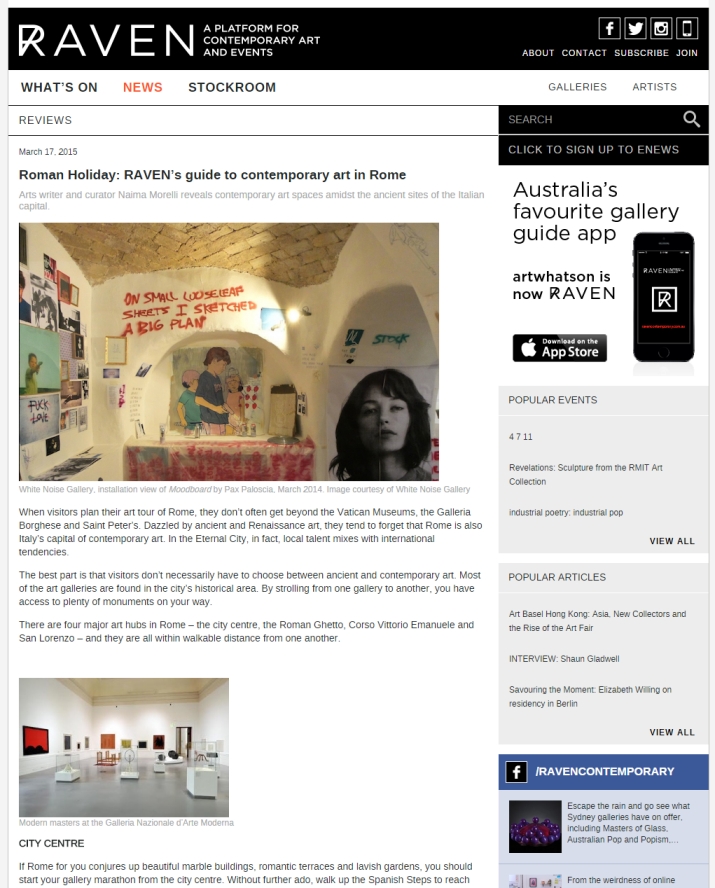
The Australian webmagazine RAVEN has just published my guide to the art galleries in Rome – I wish I has something like this when I first came to the Eternal city! But I’ve to say, it has been an amazing quest to discover all the galleries little by little – my constant practice as a vernissage gal has finally paid off! For this guide I’ve planned an itinerary which includes meals and gelato breaks. If you are in really a good mood you might get to visit all the galleries enlisted in one go!
Read More
“Arte Contemporanea in Indonesia” finally makes his debut. During the event “Indonesia Update 2015” at the Embassy of Indonesia in Rome I introduced my book to the press. It was great to sign the copies and have a chat with the journalists – for once I was on the other side of the microphone! What came as a nice surprise was a plaque of merit from the Ambassador August Parengkuan, an honour I shared with Vanni Puccioni, who directed a project for reconstruction after the 2004 tsunami in the Indonesian island of Nias.
In a couple of weeks the book will be finally distributed to the public – I can’t wait! In the meantime, here’s a couple of pictures from the presentation!
Read MoreHere’s my first published piece of two thousand and fifteen! Is there a more wonderful way to kick off the new year than an interview with curator Roberto D’Onorio and his project at Rialto Sant’Ambrogio in Rome?
Roberto is not just one of the most articulated and sensitive curators I know, he’s also a dear friend. This interview is already known in the sketchiest Roman art circles as the “notorious Naples interview” and it has been a lot of fun to do. It has been published by the Italian web magazine Art a Part of Cult(ure) with the title “L’immaginazione per reinventare la felicità” namely “The imagination to reinvent happiness”.
If you haven’t been to the Rialto Sant’Ambrogio yet, you totally should. It’s straight-up amazing! And now for the article:
Here’s the link to the interview (in Italian)
Read More
Twenty-fourteen has been a year of cementing for me. I recovered for my crazy mindset according to which I should have pick a new country to live in every year. These last twelve months have been much quieter, with small scattered events versus the glaring adventures in Indonesia or Australia of the past few years. But after you do your research, there is also the part where the research comes into being, and that’s what happened in 2014. This year was meant to see the harvest.
I’ve been writing for magazines since 2008, and for English magazines since 2012, but this year I feel I took it to a new level, increasing the number of articles published and types of magazines I’m freelancing for. This year I’ve published twenty-one articles in total, five in Italian and sixteen in English, which is a great achievement for me, considering that I have split my time also with other projects. I’m happy to have started a steady collaboration with Trouble Magazine, who is publishing the English version of all my interviews from my Indonesian and Australian reportages.
Read More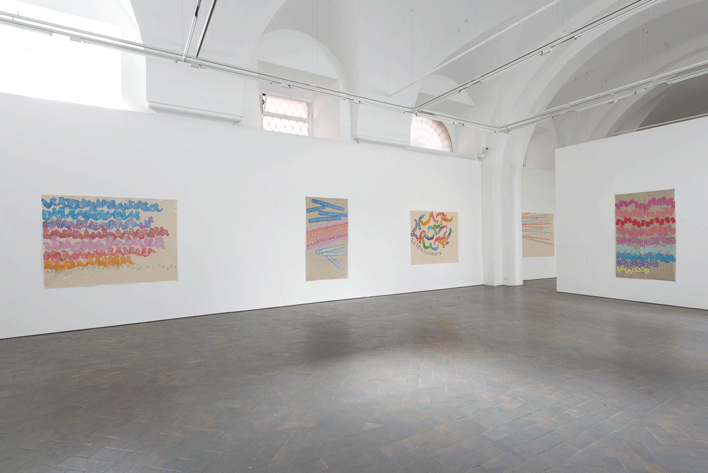
“Lorcan O’ Neill is a very open minded gallerist and he welcomes people with initiative. If you want I can give you his contacts and you guys can propose a project to him.”
It was my friend Rbb to speak. Stout, tanned, nervous, short hair and a striped shit – pretty much a young Picasso – he was now working at Lorcan O’ Neill, one of the most prestigious galleries in Rome. He was a good artist and a generous person. He talked really fast, with a cadence making his words sound like there were trundling down a long staircase. Maybe if he would have born in another century, land in a different art scene, he wouldn’t just have helped set up Giorgio Griffa’s show at Lorcan – he would have actually had his own art exhibition there.
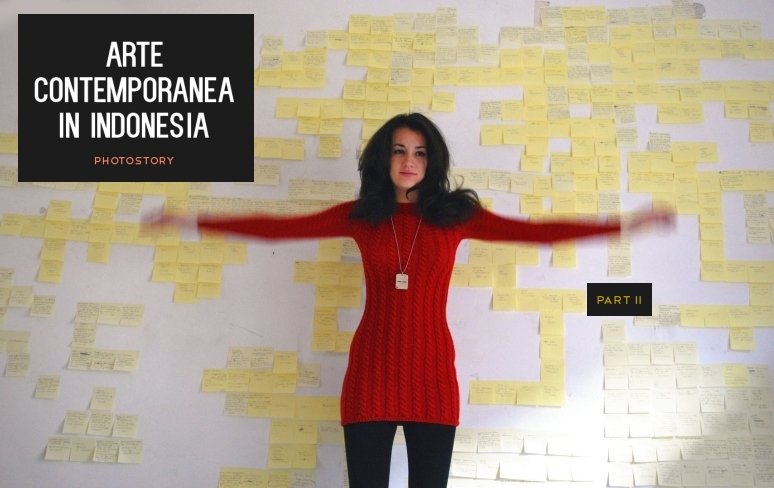
Here’s the second part of my photostory from the research for my book about contemporary art in Indonesia. If you miss the first part you can find it here.
Rome, Berlin, Sorrento, Melbourne, Naples, Venice. Since I came back from Indonesia I tried to look for Indonesian art, artists and exhibitions wherever I went – and I met wonderful people in the process. At the same time I faced the challenge to organize all the material from my research and integrate it with new information. For months the arts pages of the Jakarta Post, the Jakarta Globe and Asia Art Pacific became my morning reading. I didn’t know much about how to write a research-based book when I started and I learned so much in the process – in the photo above you can see me experimenting with post-its.
In a few weeks the book will finally be published (want to be updated? Drop a mail to contact[at]naimamorelli.com with the subject line Indonesia Book and I’ll keep you posted). In the meantime here are some pictures from the European and Australian part of my research:
